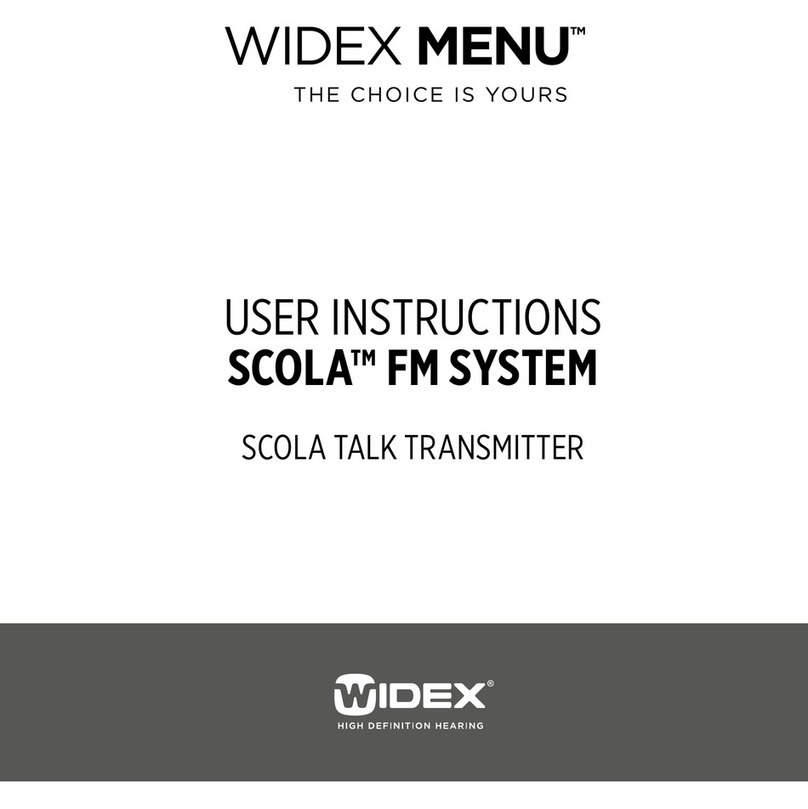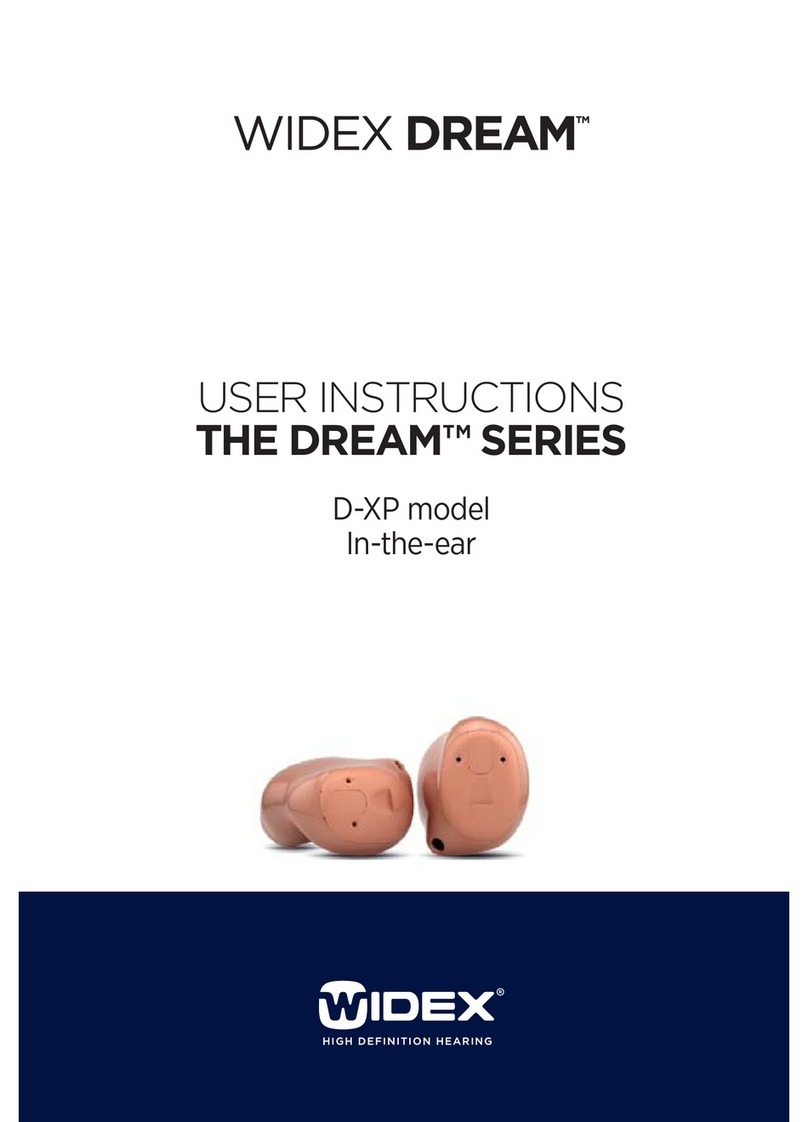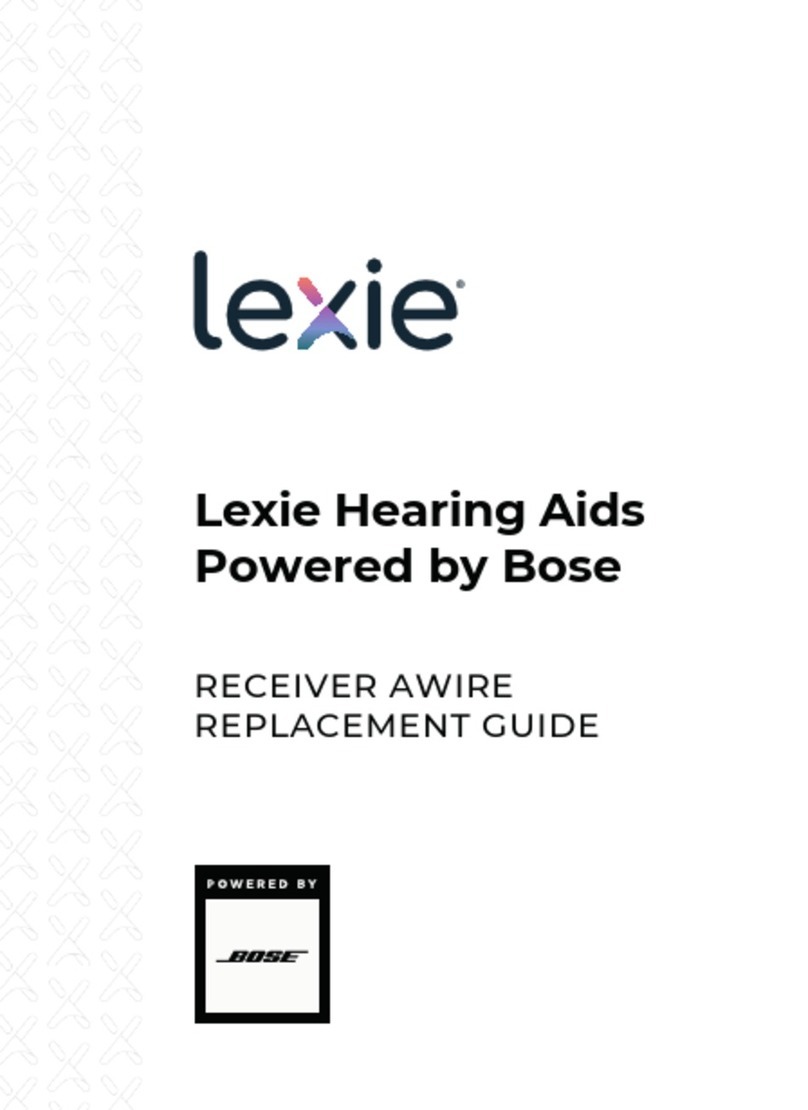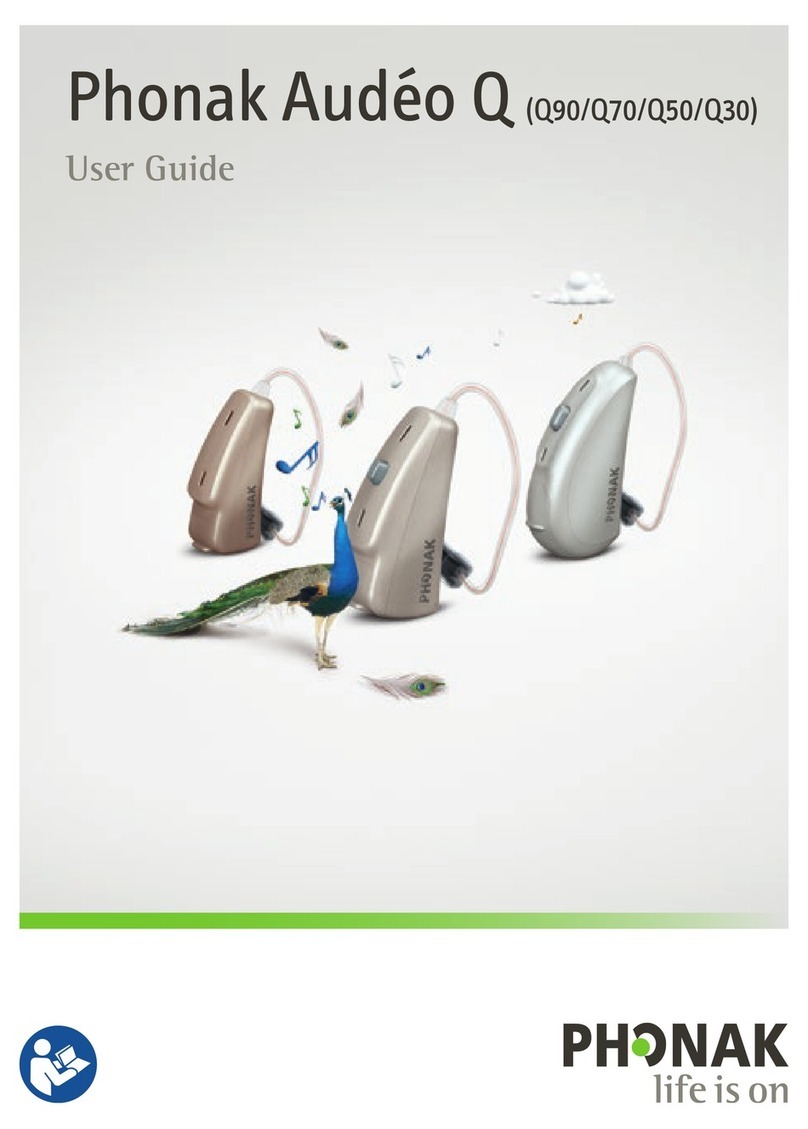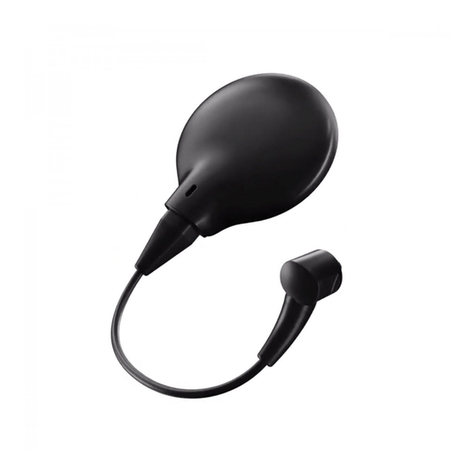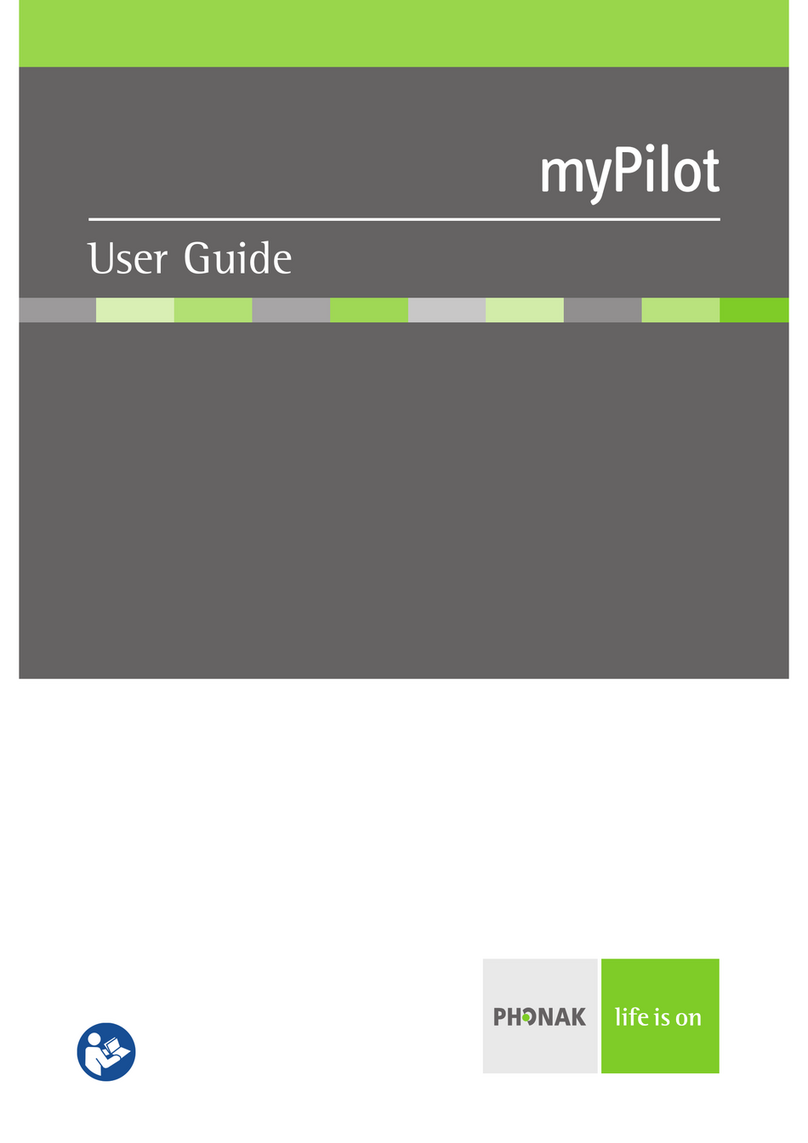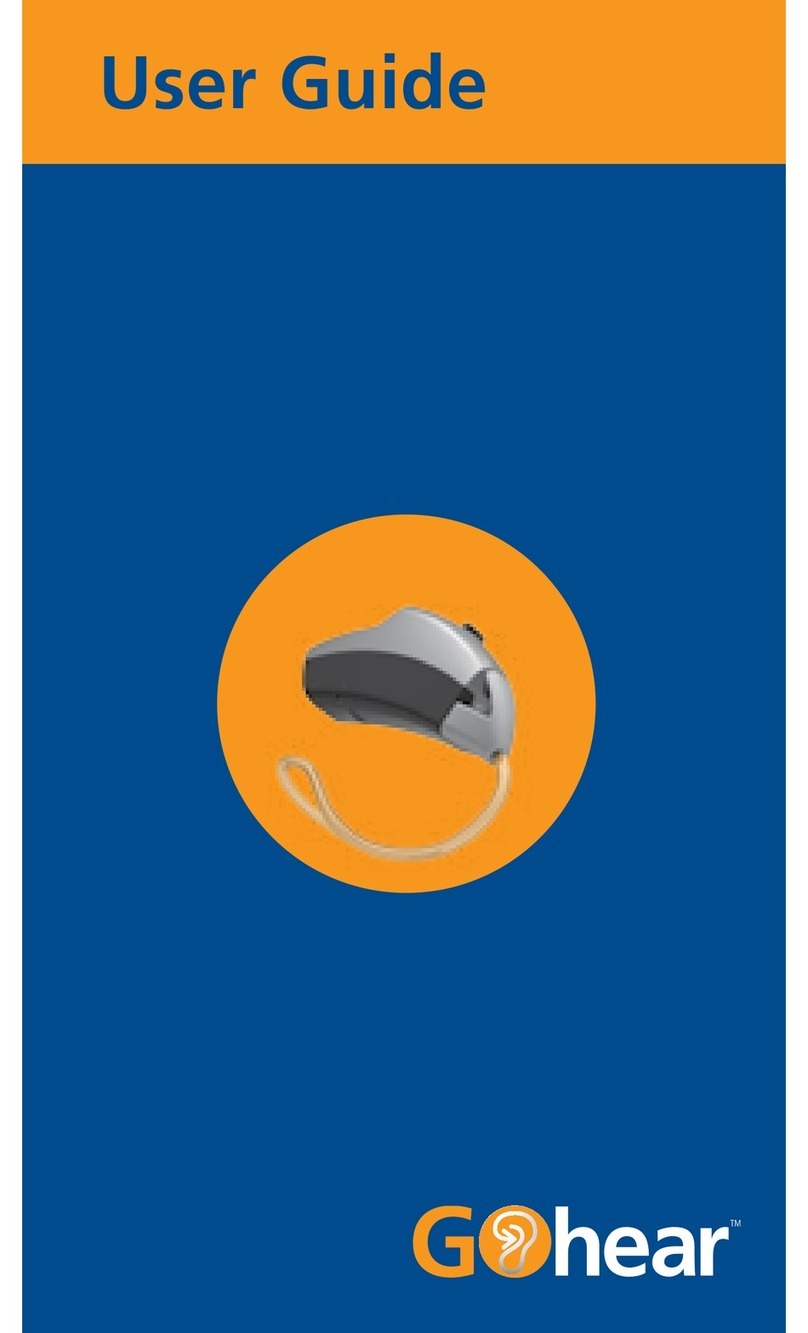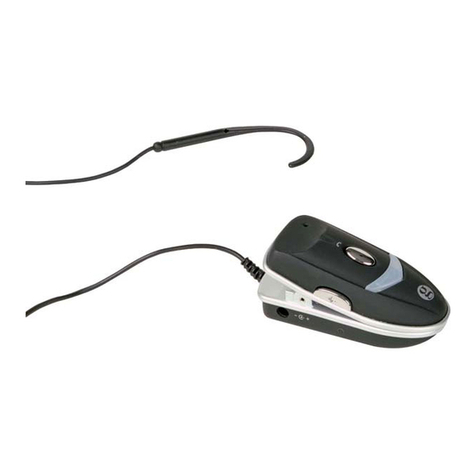Widex B32 User manual
Other Widex Hearing Aid manuals

Widex
Widex DREAM440 THE DREAM SERIES User manual
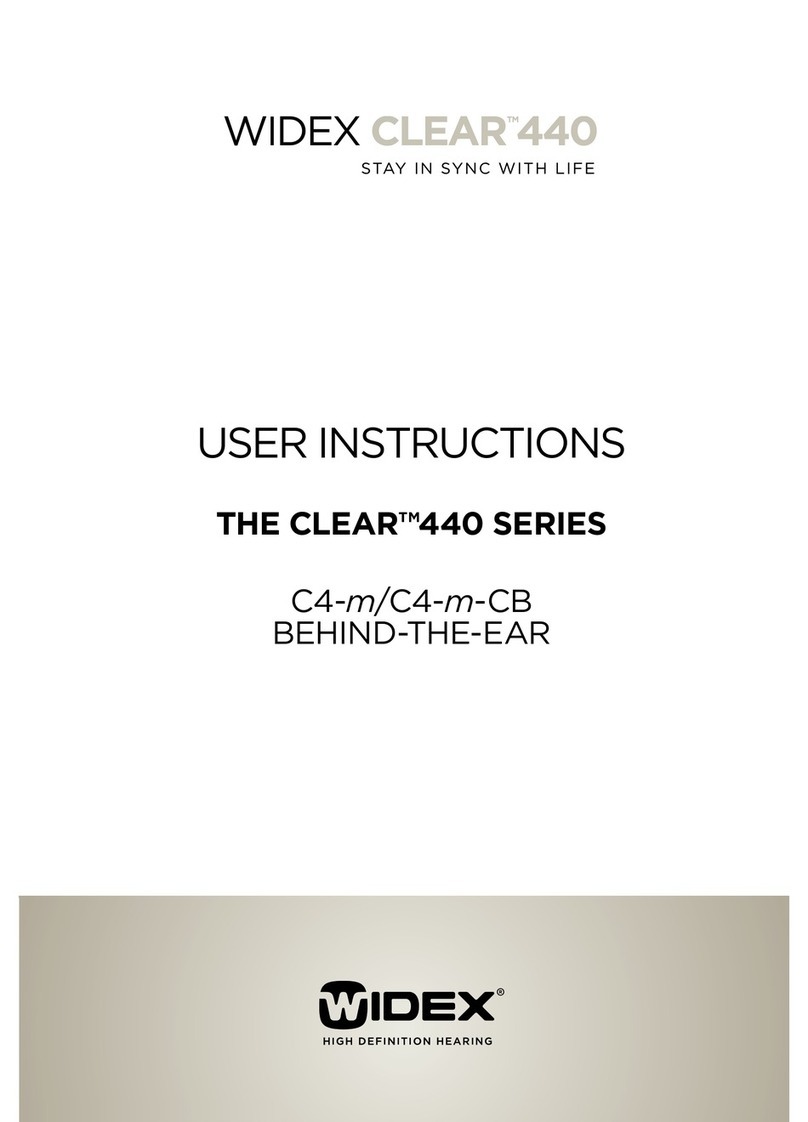
Widex
Widex CLEAR 440 SERIES User manual

Widex
Widex Me-m Installation instructions
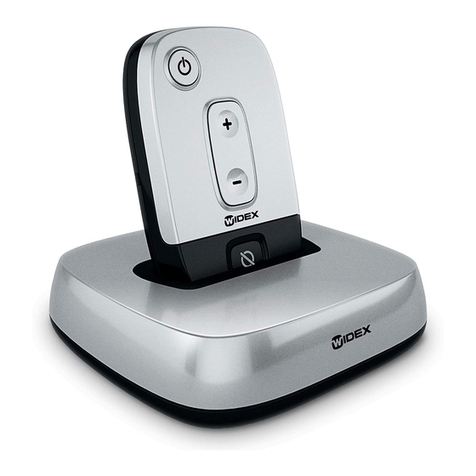
Widex
Widex TV-DEX User manual
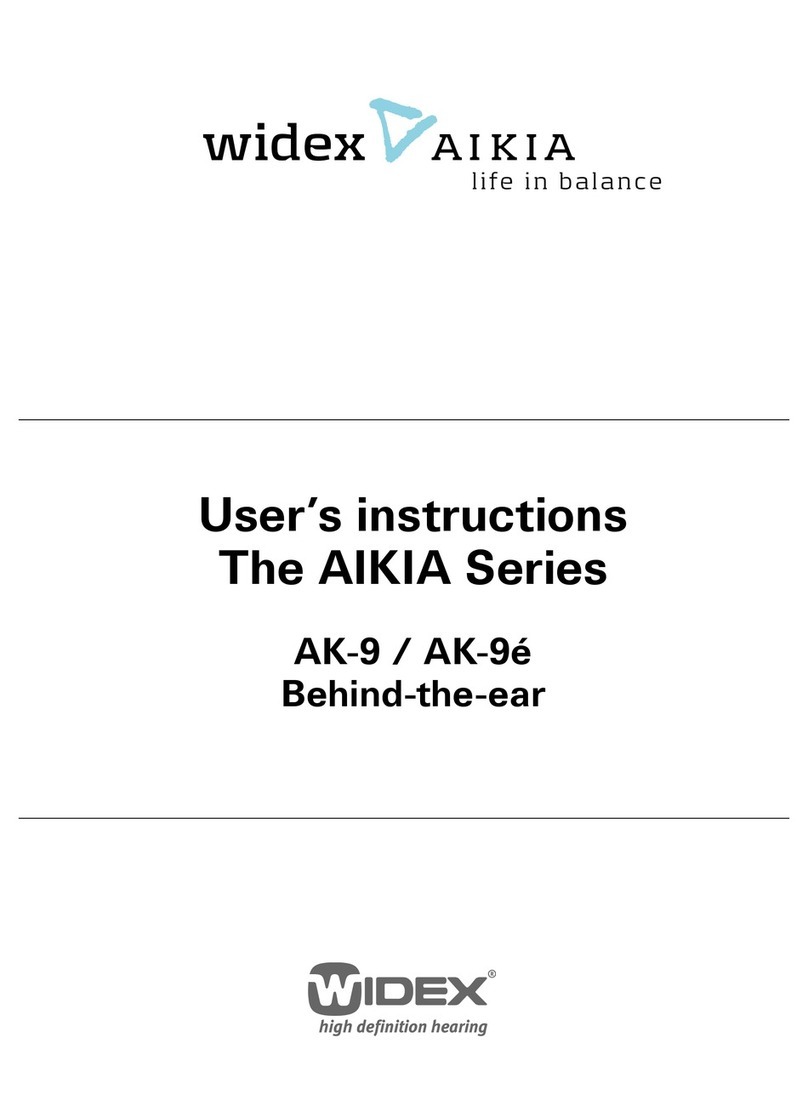
Widex
Widex AIKIA AK-9 User manual

Widex
Widex Inteo IN-9 User manual

Widex
Widex The MENU ME-9 User manual
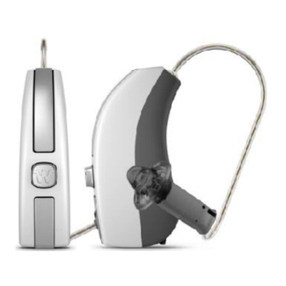
Widex
Widex BEYOND B-F2 RIC User manual

Widex
Widex AK-X User manual
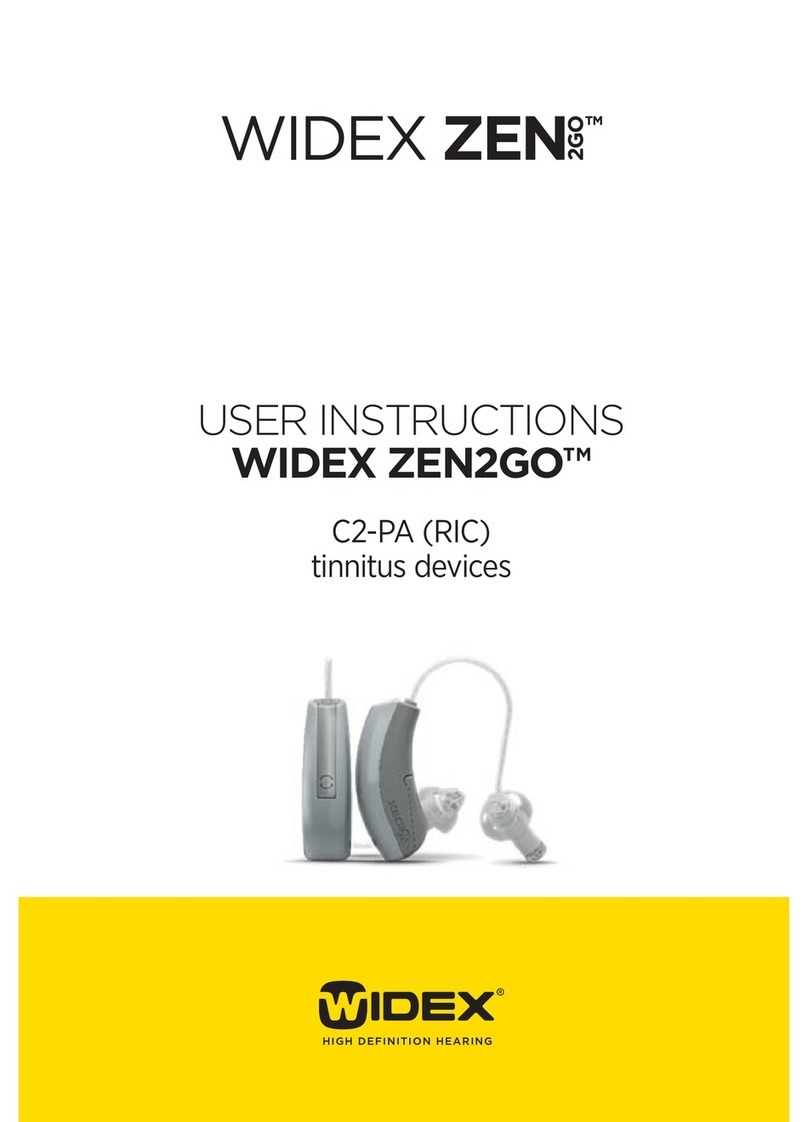
Widex
Widex ZEN2GO C2-PA (RIC) User manual
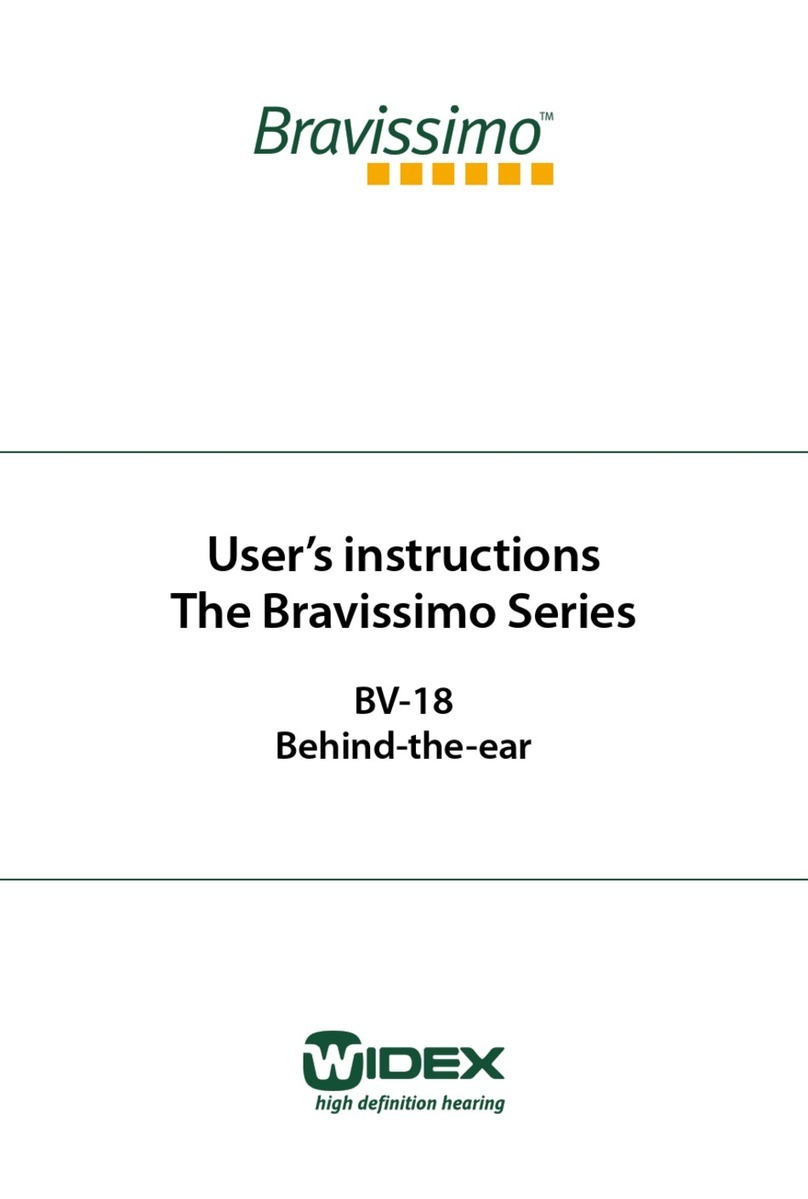
Widex
Widex Bravissimo Series User manual

Widex
Widex Pro Link User manual
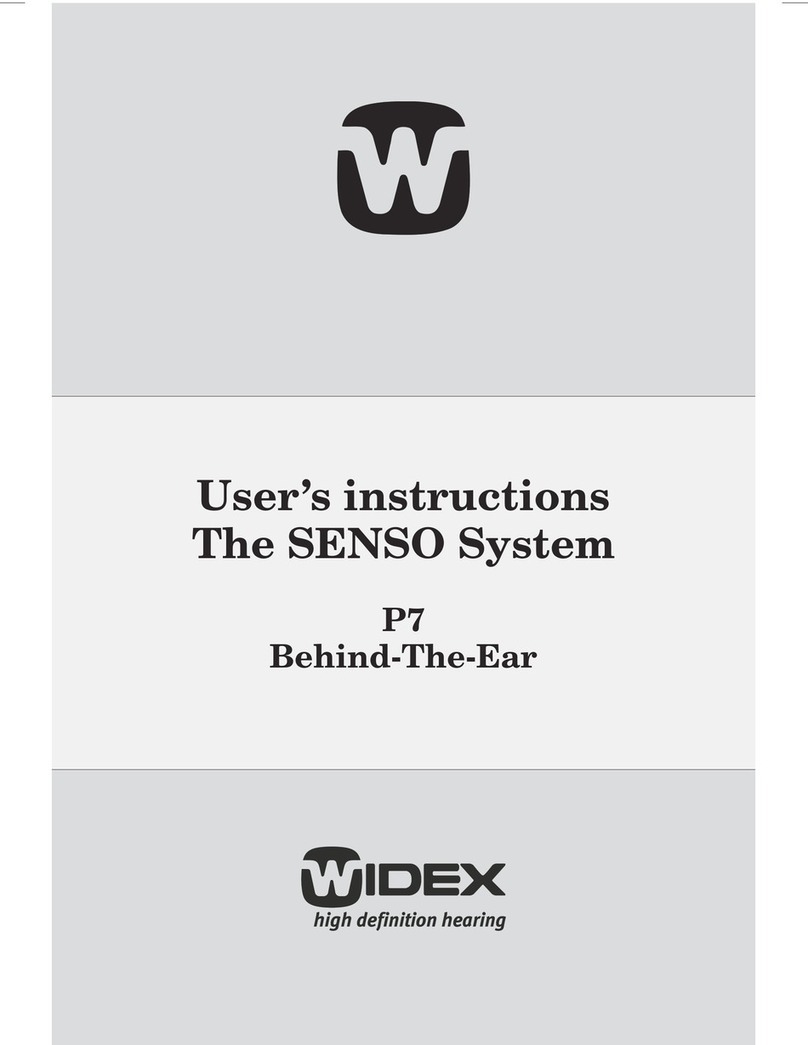
Widex
Widex P7 User manual
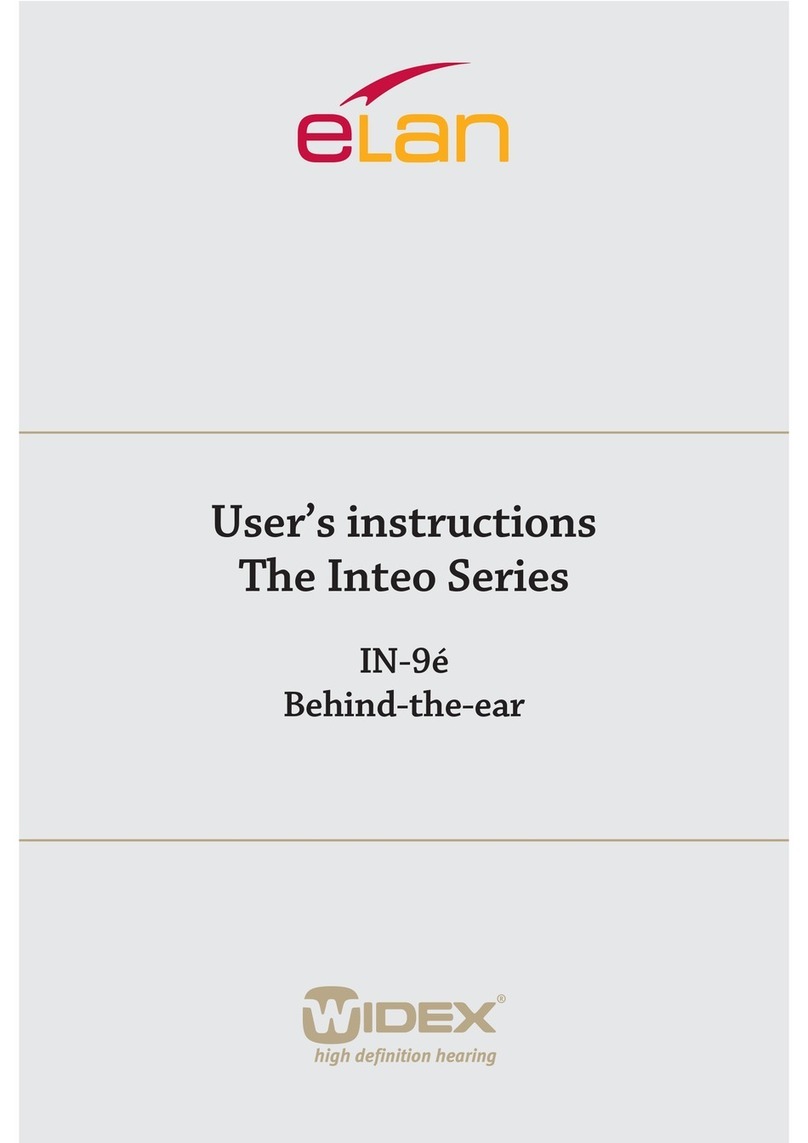
Widex
Widex Inteo IN-9 User manual

Widex
Widex clear 330 Series User manual
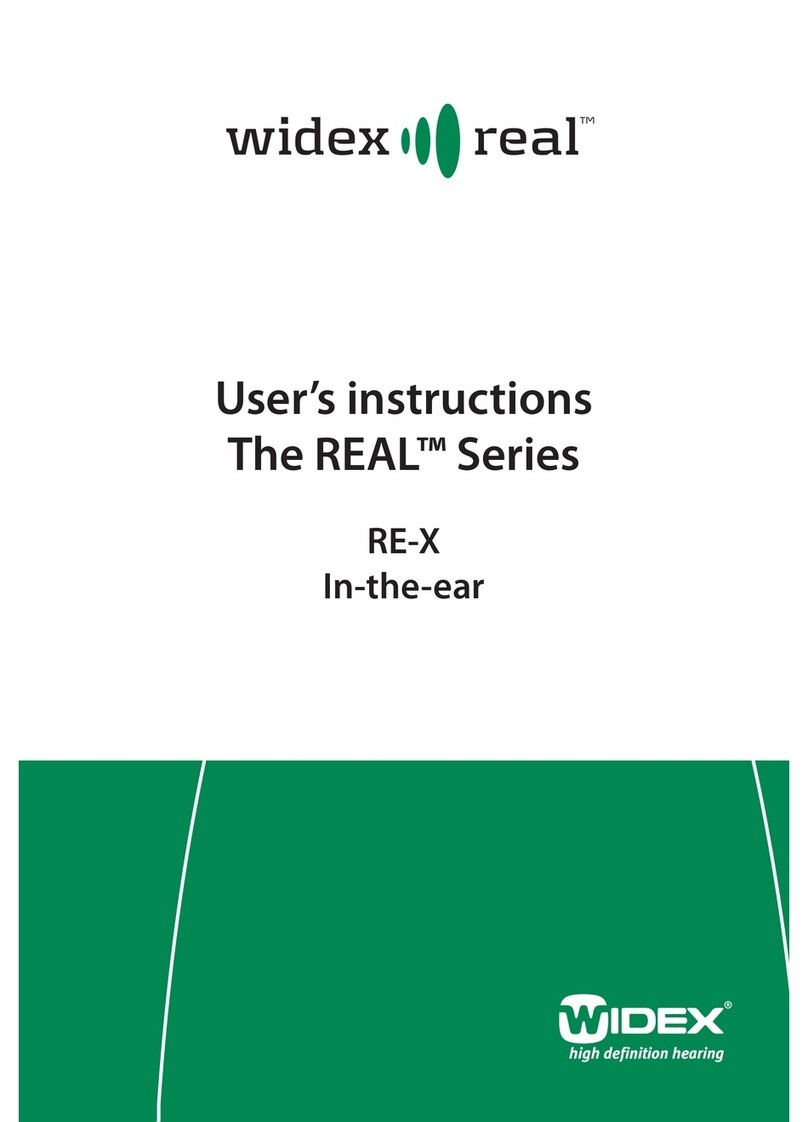
Widex
Widex RE-X Real Series User manual

Widex
Widex Mind 330 Series User manual
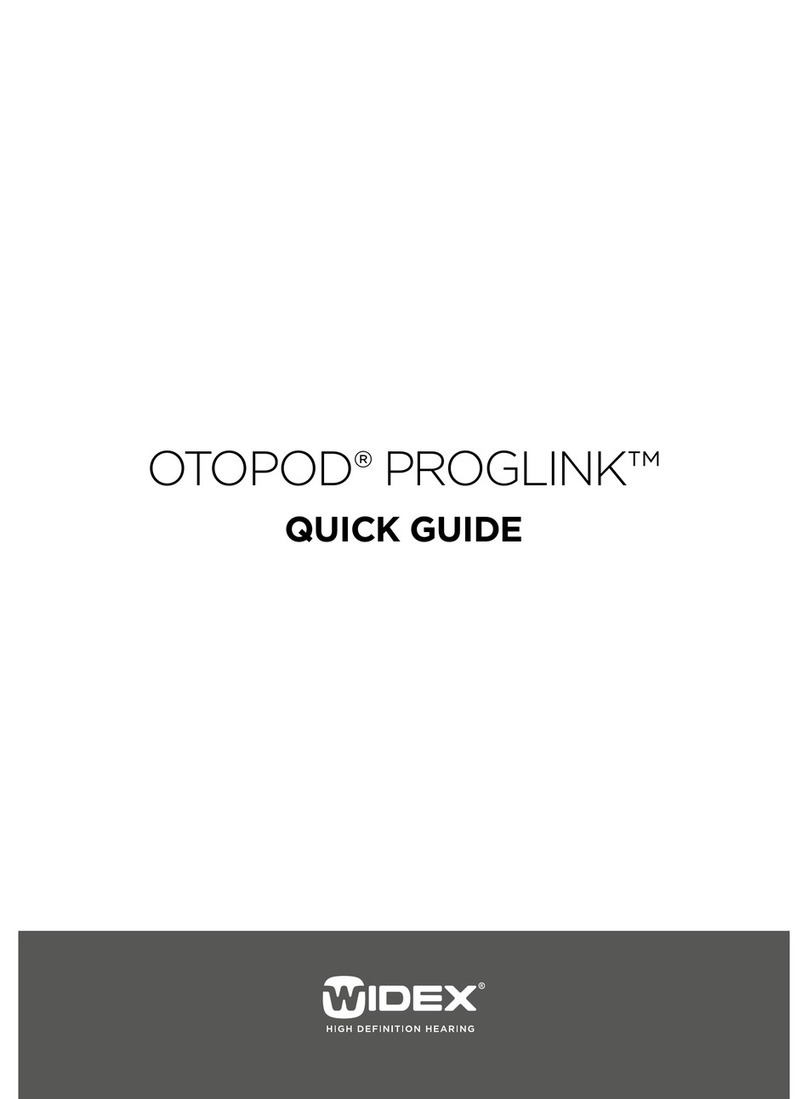
Widex
Widex otopod proglink User manual

Widex
Widex DREAM440 THE DREAM SERIES User manual

Widex
Widex mind440 User manual

